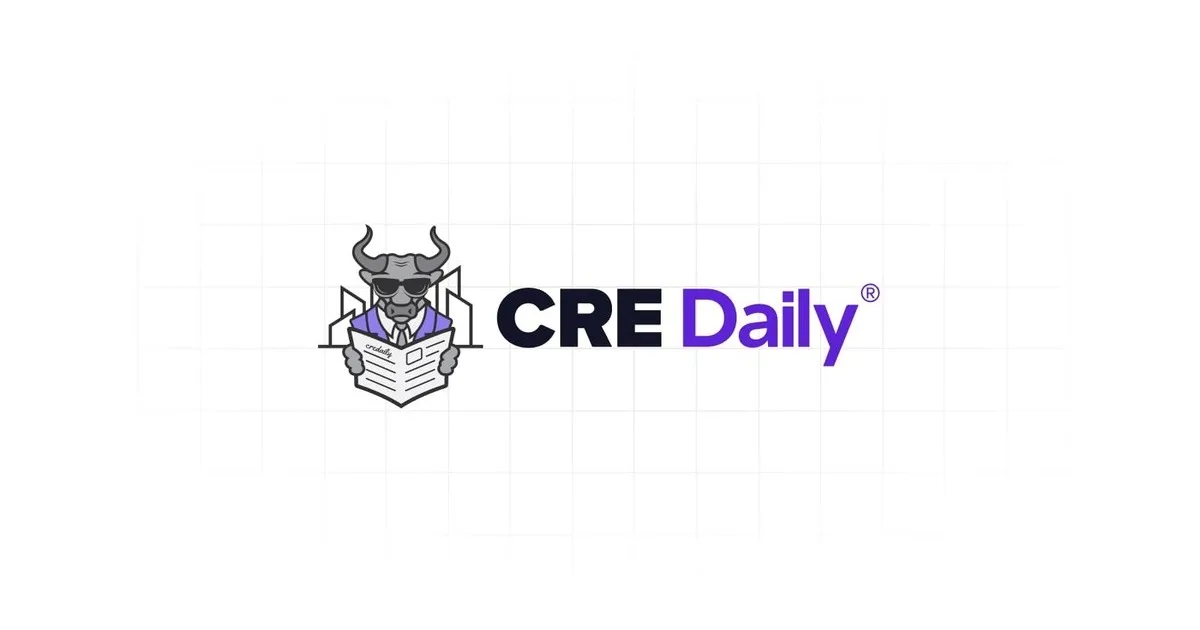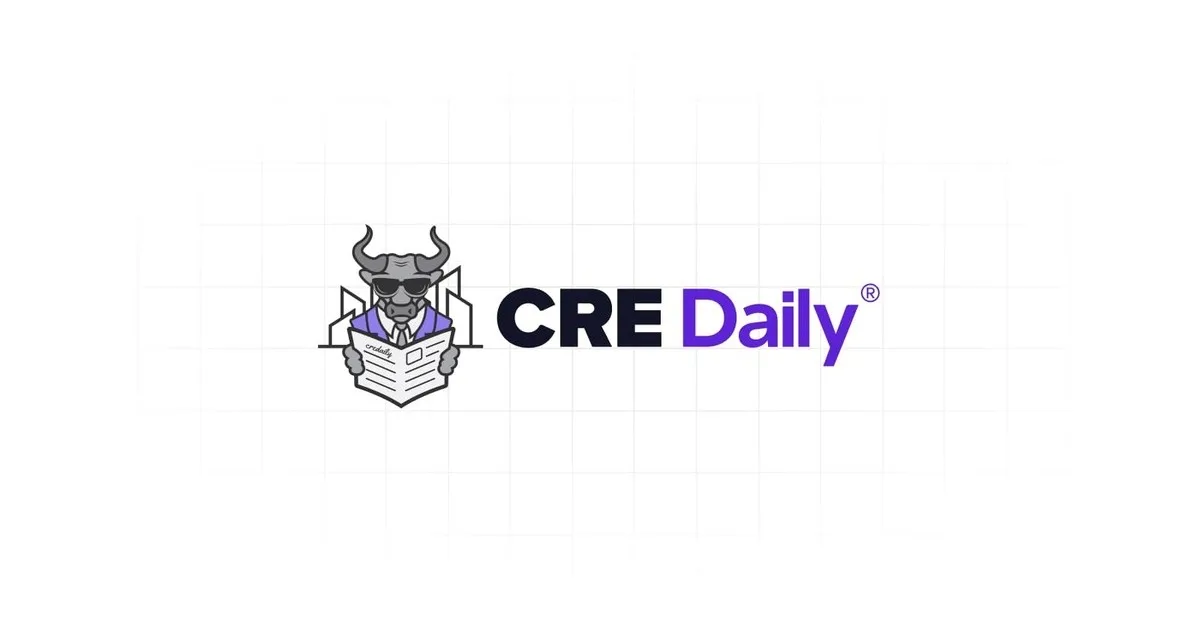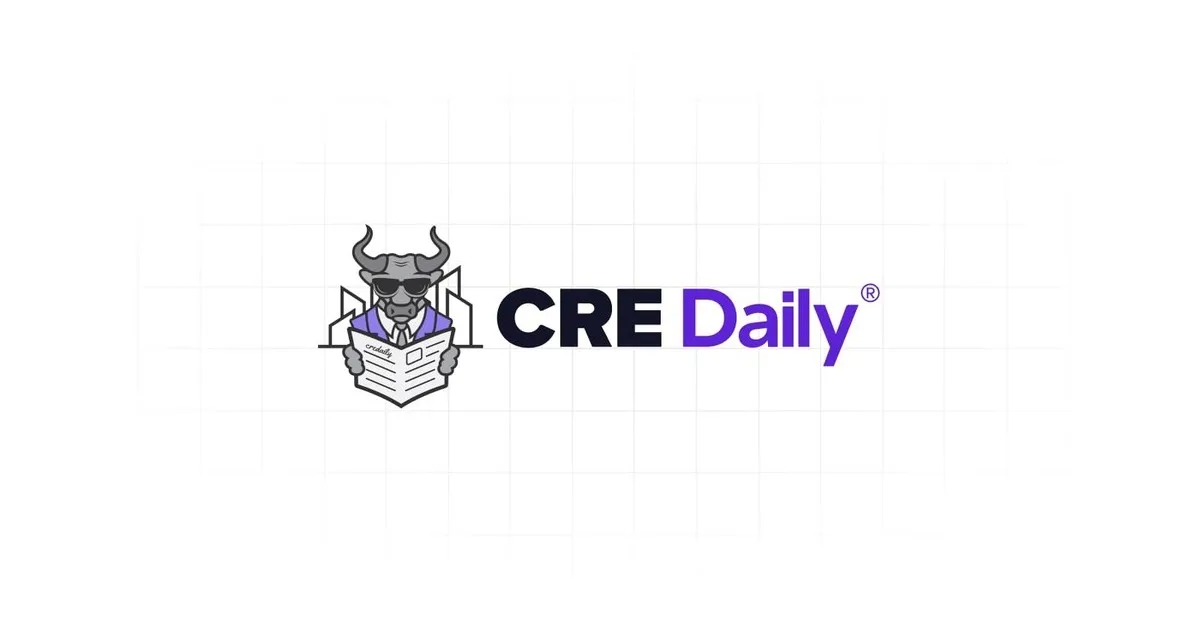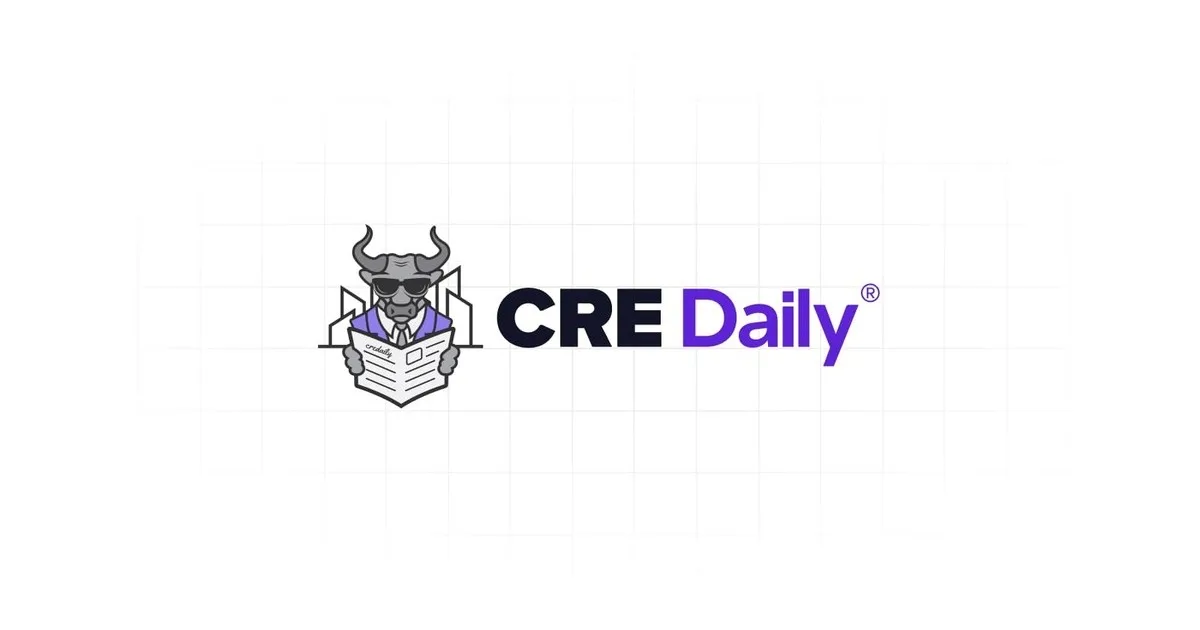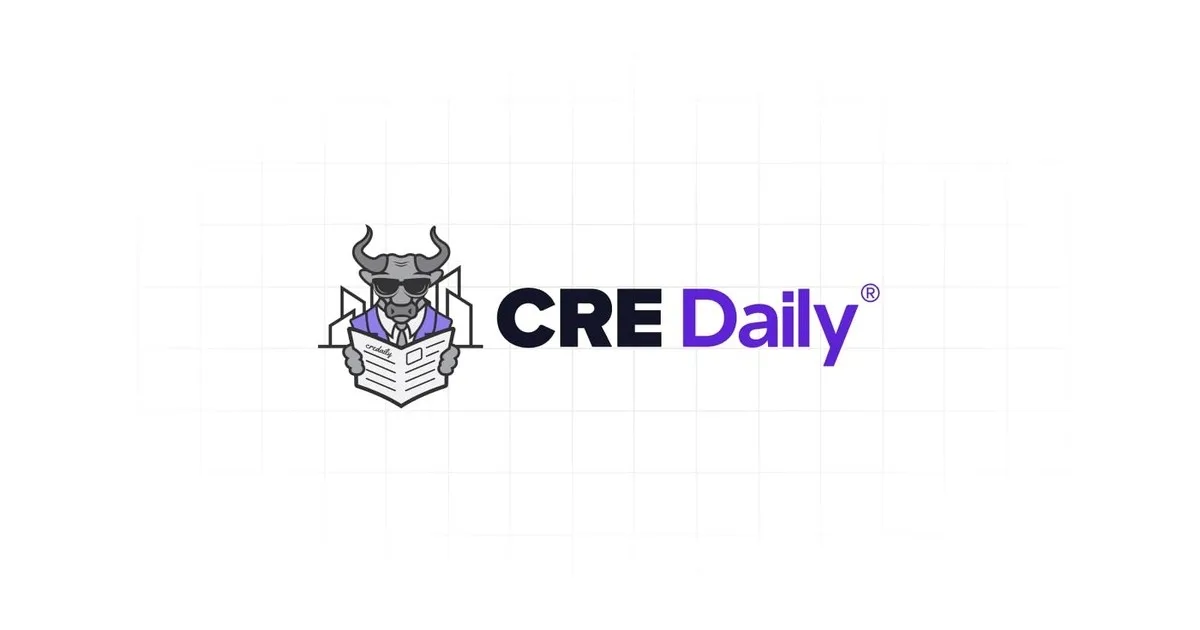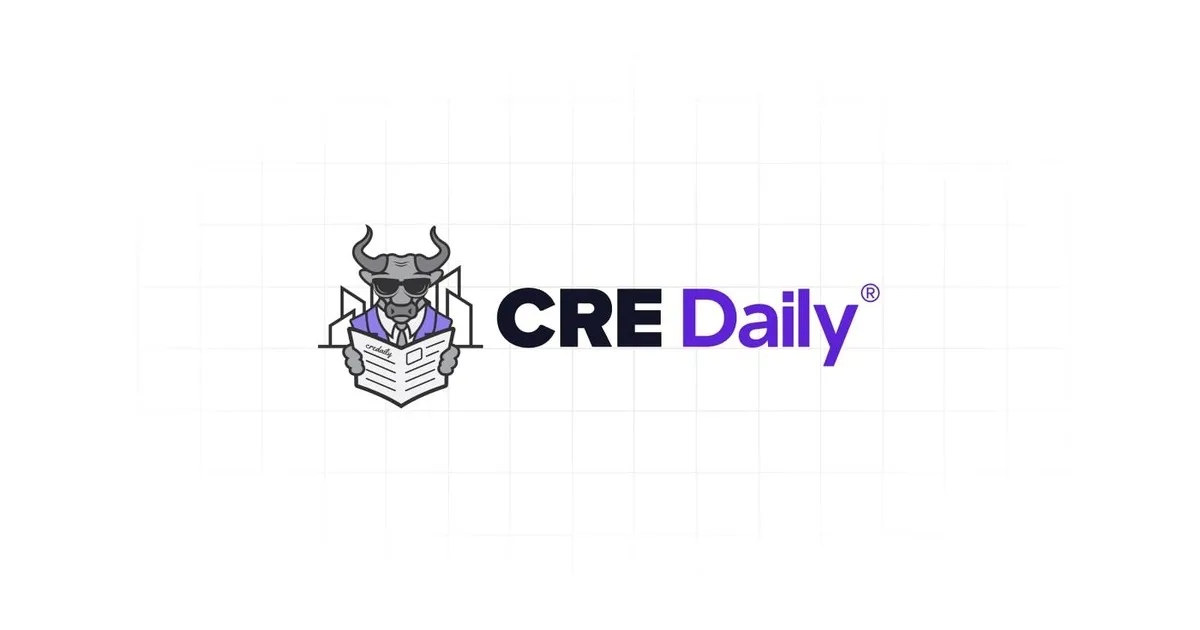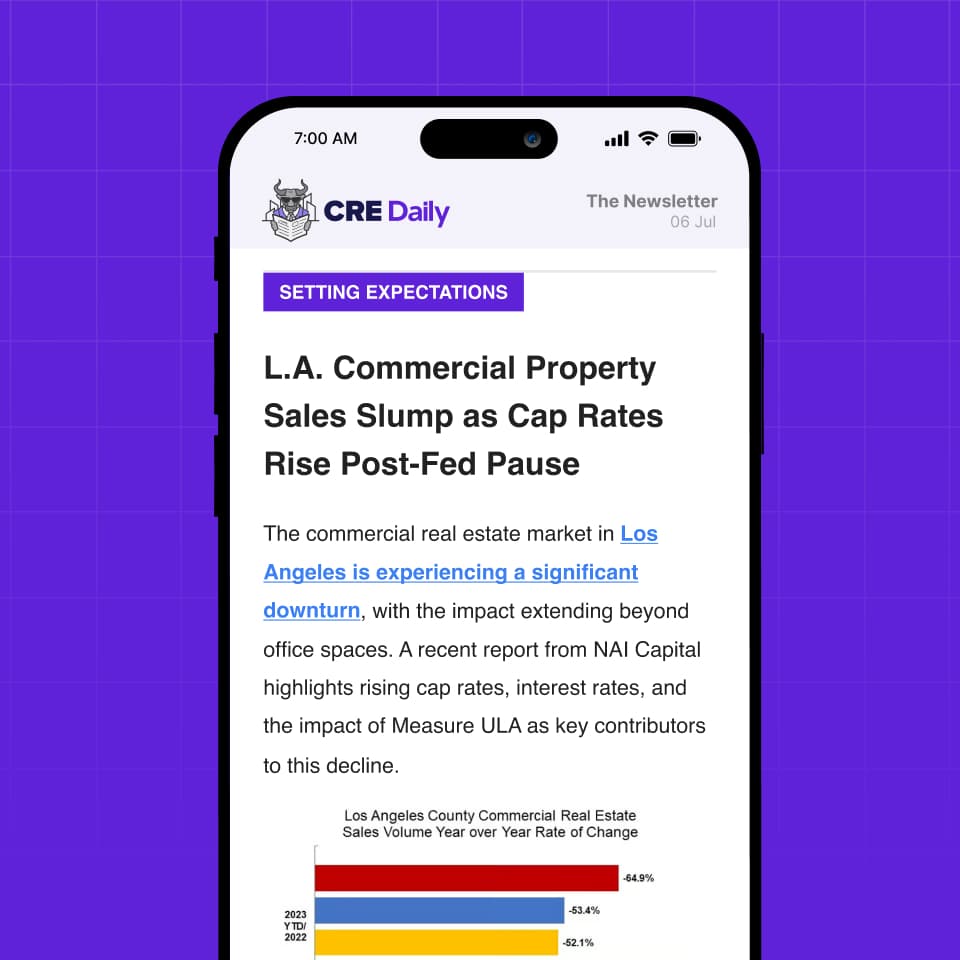- A potential government shutdown comes at a precarious time, with economic conditions weaker than during prior closures.
- Economists warn the impact on GDP could be sharper and longer-lasting, especially if job losses become permanent.
- The policy approach this time — including talk of mass firings — could magnify the disruption beyond a typical short-term hit.
A Familiar Crisis With Unfamiliar Consequences
Government shutdowns are a recurring feature of US politics — frustrating, costly, but rarely devastating. Agencies pause, workers are furloughed, and missed activity is usually recovered once funding resumes.
But this time, many economists are signaling alarm, reports GlobeSt. With job growth slowing, inflation still elevated, and political rhetoric intensifying, they say the economic impact could go beyond the usual hiccup.
Costs Add Up — But This Time Could Be Different
Previous shutdowns have been expensive but mostly contained. The 16-day standoff in 2013 resulted in $2B in lost productivity, according to federal estimates. That figure represents only a small fraction of total annual government spending. Other closures have pushed that number even higher, with billions spent on delayed operations and back pay.
Typically, those disruptions are viewed as temporary. Most economic forecasts assume that missed output rebounds in the following quarter. But with consumer spending under pressure and hiring cooling, economists say a shutdown now could hit when the economy is least prepared for it.
Get Smarter about what matters in CRE
Stay ahead of trends in commercial real estate with CRE Daily – the free newsletter delivering everything you need to start your day in just 5-minutes
What’s Raising The Stakes This Time?
Two factors could make this shutdown more damaging than earlier ones:
- The Labor Market Is Losing Steam: Hiring has slowed and wage growth is flattening. Consumers — who fuel the majority of US economic activity — are already pulling back.
- Permanent Cuts on the Table: Unlike prior shutdowns that relied on temporary furloughs, there’s talk of permanent staffing reductions. Former President Trump has floated mass firings, which would create longer-term drag on employment and economic recovery.
The Congressional Budget Office estimates as many as 750K federal workers could be affected. If many of those roles are eliminated, the ripple effects could extend well into 2026.
Economic Toll Could Rise With Each Week
Recent estimates suggest that each week of a shutdown could reduce US GDP by about 0.2 percentage points. The economic drag becomes more significant if the standoff continues for multiple weeks.
“The context matters,” said Thomas Ryan of Capital Economics. “If layoffs become permanent, the government becomes a headwind to job growth rather than a neutral force.”
Bigger Picture: A Weaker Recovery
Historically, shutdown-related slowdowns have been short-lived. But this time, economists aren’t so sure the bounce-back will be as strong. With inflation squeezing household budgets and growth already slowing, the shutdown may not just pause activity — it may deepen the slowdown.
Bottom Line
In isolation, government shutdowns are rarely catastrophic. But layered onto today’s fragile economic outlook — with employment softening and inflation lingering — this one could be more than just political theater. It could be the tipping point into a broader downturn.

